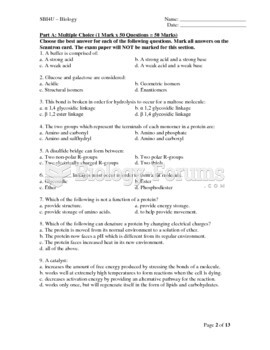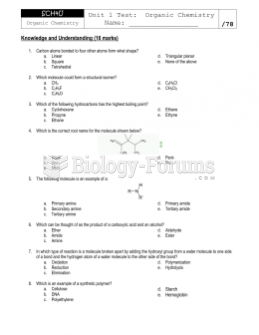Answer to Question 1
Some of the strategies proposed to improve the school system in the United States involve increasing incentives for teachers, improving the curriculum, allowing parental choice of schools, and expanding preschool programs.
Increase incentives for teachers: Perhaps the only way to encourage more high-quality college students to enter the teaching profession, and to raise the morale of existing teachers, is to increase incentives for teaching. Incentives might include increased pay, expanded in-service training, provision of sufficient school supplies, increased availability for classroom use of high-tech equipment (computers, film, and videotape equipment), and improved working conditions. A controversial recommendation is the creation of a master teacher rank that would recognize and reward ability and dedication to teaching. Master teachers would be paid substantially more and have added responsibilities, such as curriculum design and supervision of new teachers. Teachers' unions have generally opposed the concept, fearing that criteria other than ability and dedication (such as favoritism) will be used in making such selections. Unions also tend to be opposed to basing higher pay and promotion on merit because the merit concept conflicts with the preferred union concept of basing pay on seniority.
Allow parental choice of schools: Under a parental choice system, not only are parents entitled to enroll their children in public schools outside their geographic district, but state tax dollars go to the school that wins the enrollment. Parental choice of schools is currently being tried in a number of states. Initial findings indicate that the reasons parents and students opt out of one school for another are often unrelated to academics. In some cases, the parents select schools with lower educational standards to increase the chances that their son or daughter will graduate-or will graduate with higher grades. Other parents pick schools near their work for convenience reasons. Some parents select schools that will increase the chances of their son or daughter playing on a varsity sports team. In many cases, transportation problems force parents to select the school closest to their home. A major problem with parental choice of schools is that it has the potential to undermine the neighborhood school concept. Another drawback of parental choice is that many children are not in a position to travel to faraway schools. Another issue would be special education students and students who have behavior problems. These children might not be accepted in private schools, leaving them isolated in public schools whose funds may be sharply reduced due to the transfer of the brightest students to private schools. In addition, providing federal or state funds to parochial schools raises constitutional questions as to whether such an approach violates the principle of separation of church and state.
Answer to Question 2
D







